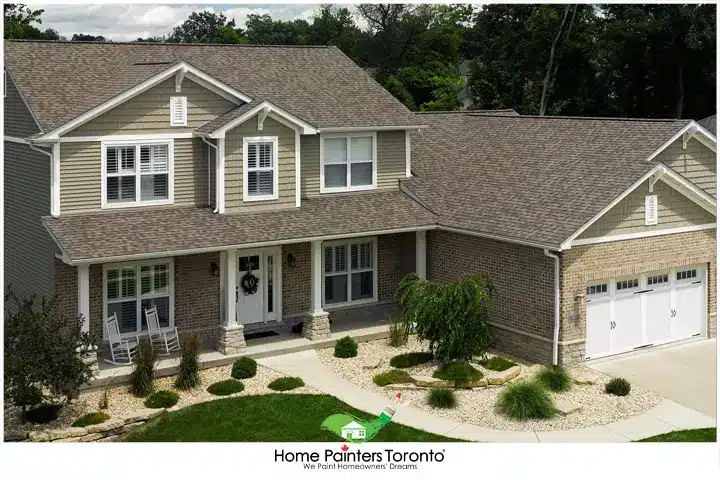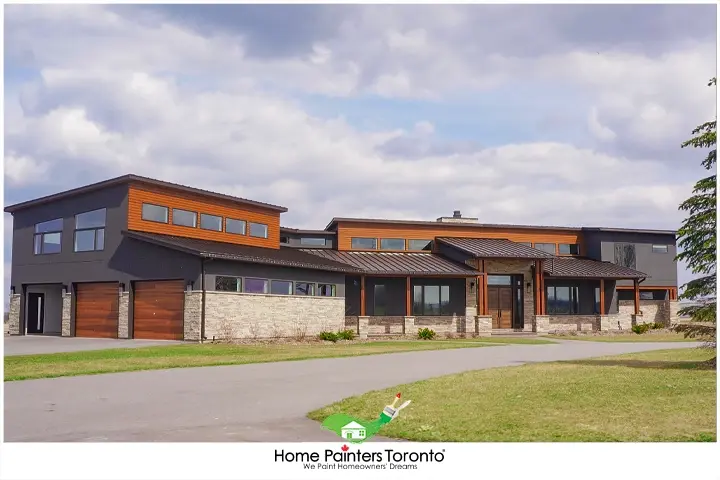
When embarking on any new project, the impact of colour cannot be overstated. Colour theory is a cornerstone of both art and design, underpinning the practical application of colour in creating visual harmony and evoking emotional responses. The juxtaposition of modernity with classicism in the utilization of colour is a thoughtful exploration of timelessness and trendsetting. In this discourse, we shall unravel how colour theory informs the use of colour palettes in creating spaces that resonate with either a modern or classic flair and sometimes a seamless blend of both.
Understanding the Basics of Colour Theory Concepts
Colour theory is the framework that enables us to comprehend the relationships between hues and the science of combining them to achieve a desired effect. It is essential to recognize the colour wheel’s role, devised by Sir Isaac Newton, which positions colours in a circle according to their chromatic relationship.
Primary colours – red, blue, and yellow – form the foundation, which cannot be created through the blending of other hues. Secondary colours – green, orange, and purple – emerge from the combination of the primary colours. The interaction doesn’t cease there, as tertiary colours follow, developed by mixing a primary with its adjacent secondary colour.
With these colours, we can delve into aspects such as hue (the colour family), saturation (intensity), and value (lightness or darkness), which are paramount in dictating mood and spatial perception.
Are you more modern or classic style?
We have found there are usually two main schools of thought in terms of picking out interior paint colours. Ask yourself if in terms of aesthetics and design, are you more of a traditional or classic style person or do your tastes run more modern and contemporary? Sometimes, it’s not quite that simple, but the majority of the time, things can be broken down in this way.

More Classic?
From there, we find that it can often put your taste into two general areas. If you consider yourself more classic style, think about whites, beiges, taupe-beiges and even black because they never go out of style. Popular paint colour choices that we use time and time again are Maritime White, Feather Down and Muslin. All of these colours exist in the taupe-beige range and work to beautifully warm up a space.

More Modern?
If you’re someone who would describe your taste as modern, you’re likely to fall in love with a neutral gray. Neutral grays are picked time and time again because they’re different from white or cream. And they’re still a great impartial backdrop that can easily fit into any style or motif. Popular paint choices for a nice neutral gray include Silver Satin and Cloud Cover, which hit more so in the taupe-gray range. If you’re looking for a cooler gray, Gray Owl works well too
Merging Modern and Classic: The Colorful Confluence
The fusion of classic and modern styles through colour is a testament to the versatility and dynamism of colour theory. Achieving this harmonious blend requires a deft hand, where the colour selection acknowledges the avant-garde without compromising the dignified grace characteristic of classic design.
For instance, using a timeless neutral shade as a base can ground the space, while contemporary accents in the form of artwork or furniture can inject a fresh and lively spirit. This synergy creates an environment where the resonance of the past meets the clarity of the present.
Maybe you want something a little different…
If these two schools of thought don’t quite consider what you’re looking for and you’re really looking to go bold, consider a smaller space where you can offer up more personality. A master bathroom, powder room or even a sitting room are great places to play with pops of colour. Even in these small spaces, you won’t find yourself overwhelmed when you make a bolder colour choice because it usually just fits.
If you want to bring forth some personality into one of your larger living spaces, consider an accent wall. It’s a unique way to break up a traditional look of all four walls being the exact same colour. And like we said, it’s an interesting way to play with colour without overwhelming the space.
Other Considerations
Some other items to consider on the ‘Is this your colour’ journey? Think about all of the different details and features of your room. If you’re looking to revamp your kitchen area, consider the cabinets, tiles and backsplash. If you’re looking at repainting your living room, there are some things to consider. Think about the finishing of the floor and what would work with your already existing furniture. Everything in your room and what makes it complete can work to make it or break it in terms of picking the right colour.
Conclusion
Colour theory serves as the guiding principle that navigates the choice of palettes in design, be it honouring the classic essence or embracing modern colour theory. By appreciating and applying the nuances of colour relationships, designers and architects can craft spaces that transcend the ordinary, encapsulating functionality, aesthetic pleasure, and psychological resonance.
Whether your project demands the reserved sophistication of a traditional colour palette or the daring assertiveness of a modern palette, remember that colour is not just what you see. It is an experience, a statement, and a journey that can define the essence of a space. As custodians of design, our role is to wield colour with intention and insight, to create environments that balance tradition with innovation, efficacy with beauty, and, ultimately, spaces that truly feel like they belong to those who inhabit them.
More Interesting Blogs Related to
“Colour Theory – Modern or Classic Style?”
So, have you been able to determine whether you have a more modern or classic style? If the work involved in painting sounds like it involves too much time and energy to do yourself, call 416.494.9095 or email Brian@HomePaintersToronto.com for a FREE quote. And don’t forget to follow us on all our social channels below!





